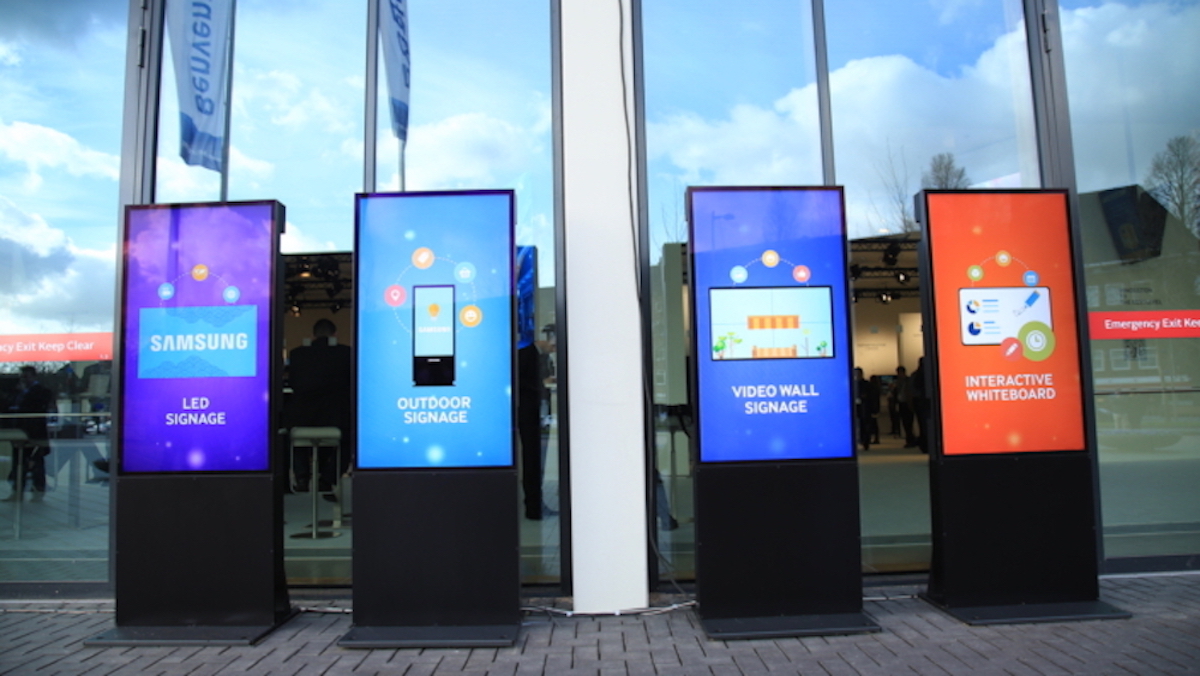How to Start a Podcast
So you want to start a podcast? That’s great news. According to Pew & the Internet research, podcasting is increasing in listenership every year. It is the natural evolution of traditional broadcast media and the Internet. Before, you get started, let’s make sure you put your best foot forward as you begin this exciting adventure.
1. Who is your audience?
This is listed first because it is the most important step. If you don’t identify your audience, you can’t know to whom you are speaking. The answer to this one question will drive several other decisions.
In broadcasting, we call it our “target audience,” in sales it is “customer profile.” Regardless of what you call this person, who will you be talking to every time you open up the microphone?
2. Why are you starting a podcast?
There is no wrong answer here. Like the question of “who is your audience,” why you are starting the podcast will help direct some later questions. You may have a story to tell, product to promote, or an opinion to get out into the wide world. Your goal may never be monetary, or you might want to retire with your vast podcasting fortune. Your why will dictate the direction of your productions.
3. How often will you be publishing?
This can range from daily to quarterly. You have the option of creating “seasons” if you like. iTunes has recently added the ability to indicate which season of your podcast your episode belongs. This decision will largely be answered by the subject and type of podcast you want to produce. A news program could produce daily or weekly while a serial program rolling out a story could publish weekly or monthly.
4. What sort of podcast will you create?
You can create an audio-only podcast, video only program, or create one that is distributed both audio and video. Video podcasts can be distributed through Vimeo, YouTube or a podcast catcher like iTunes, Stitcher, and others. If you choose an audio podcast, this can be distributed through Soundcloud or an RSS/podcatcher such as iTunes, Sticher, and others. You can also choose to only distribute your podcast on your website by creating separate pages for each episode.
5. How often will you produce your podcast and how long will it take to produce?
Producing a podcast is broken up into three separate pieces. The first part is gathering the materials and any guests involved, coordinating schedules, writing scripts, and gathering any music or sound effects. The second part is the actual recording of the program. This is when you press record, interview your subjects, perform the script, and put everything down on your recording medium of choice. The final step is the assembly of the podcast. This is the editing of the recording, placing an intro and outro, and then producing the final result which leads us to format.
6. How to format your podcast for optimal delivery
Let’s start with audio. If your podcast is just interviews or people talking, you’ll want to save it in mono. You can’t speak in stereo, and so there is no need for you to create a stereo podcast. It will be the same information, the human voice, on both tracks. It does nothing for you or the listener except double the size of your finished show. However, if your show includes stereo music, meaning different instruments on different channels, then by all means, create a stereo podcast.
From there you will want to make sure you save it in as high of quality without going overboard. CD quality is 44.1k sample at 16-bit depth. Saving it above this is fine as long as you have recorded it at the higher sample rate. Most listeners will not notice a difference in the higher rates. Plus, it will add to the file size. As far as video, read up on what your file service can handle. YouTube and Vimeo can both handle HD video. For some 4K is an option. Again, we recommend a mono audio, and 1920x1080 29.97 fps saving it as an MP4. This should give you the highest quality upload to whichever video service you choose.
7. How to market your podcast
Since you are a digital platform, social media makes the most sense. The main social media platforms would be Facebook and Twitter. Google+ will give you some SEO points but the size of the audience there is significantly smaller. Snapchat and Instagram, while good for creating a following, is not so good to promote your new podcasts as they don’t allow links. You also can post your program on message boards.
Find a message board relating to your podcast and find a question that you answer in a specific episode. Please do not spam the message board with all your episodes. Make the post relevant to the conversation, and you will most likely be invited back.
8. Cross promoting your podcast with other shows that are similar.
Invite other podcasters who cover the same markets or create shows similar to yours. This not only creates goodwill, but it also introduces your listeners to other podcasts that are available they might be interested. Inviting others on your show will also make it more likely you will be invited on their show, and that gives you the opportunity to showcase your talents and possibly grab a new audience as well.
9. How to make money with a podcast
Yes, it is possible to make money podcasting. No, it will not happen by episode two. It is possible, and you have many ways to make money from your podcasting efforts.
- You can sell advertising. This is the most common way to monetize your podcast. Once your audience gets above 10,000 downloads per episode you can reach out to advertisers who spend their media buys with other podcasts. They will require verified downloads, meaning proof you have the audience you say you have. The typical amount you can charge is between $10 and $100 per thousand listeners. This is known as CPM or “cost per thousand”.
- Another avenue is affiliate marketing. Sites like Amazon allow you to sign up as a referring website and podcast and provide your listeners with a code. For every code that is used you will get a certain amount. Each site is different. Audience support has become popular over the last five years. This is where your audience supports you financially through sites like Patreon. The payments can be a one-time gift or monthly support.
- There is also the option of underwriting. Similar to PBS or NPR in the states, underwriting is providing financial supporters recognition at the beginning, in the middle, or end of your podcast with a short message; “this program brought to you by…”. The amount you can raise depends on the size of your audience, the niche you serve, and their willingness to support your efforts.
Podcasting is an incredibly rewarding option for both content marketers, associations, storytellers, and aspiring journalists. It is hard work to get it off the ground. If you are looking to make money off your podcast that is an added layer of hustling. Follow these steps before you step out, and you’ll find yourself the producer of a well-produced podcast you can be proud.
For more information on podcasting, sign up for our newsletter to get updates on the latest podcasting trends, iTunes updates, and other podcasting news. If you’re ready to take your podcast to the next level, we offer podcast coaching to help you hone your show and create the best program possible. Get started today by booking time with us today.
About Author
Related Posts
The Power of Podcasts
December 29, 2020
11 Reasons to Start an Association Podcast
December 23, 2020
Why You Should Get Off the Fence About Launching a Podcast
December 21, 2020
Leave A Reply
Popular
-

-
 How Secure Is AV over IP?June 17, 2020 0
How Secure Is AV over IP?June 17, 2020 0 -
 12 Interesting Statistics About Digital SignageJune 3, 2020 0
12 Interesting Statistics About Digital SignageJune 3, 2020 0 -
 17 Platforms for Live-streaming VideoJune 10, 2020 0
17 Platforms for Live-streaming VideoJune 10, 2020 0 -






